![图片[1]-Return-to-Home Safety Feature for Beginner Drones: Essential Technology for Stress-Free Flying-msoen](https://www.msoen.com/wp-content/uploads/2025/05/66bb7ae8de003335-768x1024.png)
For beginner drone pilots, safety is paramount. A Return-to-Home (RTH) safety feature acts as a digital guardian, automatically guiding drones back to their launch point if signal loss, low battery, or operator error occurs. This technology reduces risks, builds confidence, and simplifies learning for new users. In this article, we explore how RTH works, its benefits for beginners, and why it’s a must-have for safe and enjoyable drone operations—optimized for search engines to help new pilots find reliable solutions.
Why Return-to-Home is Critical for Beginner Drones
Starting with drones can be intimidating. Common concerns include losing control, draining the battery mid-flight, or crashing in unfamiliar areas. The RTH feature addresses these fears by:
- Preventing Crashes: Automatically returns the drone to its home point if the signal drops or the battery dips below a safe threshold.
- Reducing Pilot Error: Compensates for inexperience by handling complex maneuvers during emergencies.
- Simplifying Recovery: Eliminates the guesswork of locating a downed drone, saving time and frustration.
For beginners, this technology ensures safer practice sessions and builds trust in drone technology.
How Return-to-Home Works: A Step-by-Step Breakdown
Modern RTH systems rely on GPS, sensors, and intelligent software to execute safe returns:
- GPS Marking: The drone records its takeoff location as the “home point” using satellite data.
- Signal Monitoring: If the remote controller’s signal weakens (e.g., due to distance or obstacles), the drone initiates RTH.
- Altitude Adjustment: Climbs to a safe height to avoid ground obstacles during ascent.
- Guided Descent: Navigates back to the home point using GPS, then lands automatically or hovers for manual takeover.
Advanced systems also account for moving obstacles or sudden wind changes during the return.
Key Features of Beginner-Friendly RTH Systems
- Multi-Layer Safety Protocols
- Low Battery RTH: Triggers automatically when battery drops to 20-25%, ensuring the drone returns before power depletion.
- Geofencing: Creates virtual boundaries to keep the drone within a safe radius of the pilot.
- Intuitive User Settings
- Custom Home Point: Allows pilots to manually set the home location (e.g., a park bench or home rooftop).
- Hover-and-Land Mode: Pauses the drone mid-air at the home point, letting beginners lower it gently via remote.
- Obstacle Avoidance Integration
- LiDAR/Visual Sensors: Detects and dodges obstacles (trees, walls) during the return path.
- Fail-Safe Landing: If obstacles block the route, the drone finds an alternative open zone to land.
Applications for RTH Technology
- Outdoor Practice Sessions
- Open Fields: Beginners can experiment without worrying about losing the drone in wide, unmarked areas.
- Sunset/Sunrise Shoots: Automatically returns if the pilot loses track of time or the drone drifts out of view.
- Indoor and Confined Spaces
- Garage or Warehouse Testing: Safely navigates back in low-light or GPS-challenged environments.
- Indoor Photography: Avoids crashes into furniture or ceilings during learning curves.
- Educational Use
- School Programs: Teachers can assign drone exercises with minimal risk of accidents.
- Hobbyist Communities: New pilots learn in groups, knowing RTH will protect their equipment.
How to Choose a Drone with Reliable RTH
When selecting a beginner-friendly drone with RTH:
- Battery Backup: Ensure the RTH process consumes minimal power, leaving enough reserve for a controlled landing.
- Signal Reliability: Look for drones with OcuSync or similar systems for strong, long-range connectivity.
- User-Friendly Software: Apps with clear RTH settings and real-time alerts enhance safety.
The Future of RTH Technology
Emerging advancements include:
- AI-Predictive RTH: Uses weather data and terrain mapping to optimize return paths.
- Mesh Networking: Enables group flights where drones share RTH data to avoid collisions.
- Solar-Assisted RTH: Extends battery life for extended missions in remote areas.
Conclusion
A Return-to-Home safety feature is indispensable for beginner drones, offering peace of mind and practical protection. By automating emergency responses and simplifying recovery, RTH technology allows new pilots to focus on mastering controls and creativity. Whether practicing in a park or exploring urban landscapes, this feature ensures every flight is a step toward confidence and skill.
FAQs
- What happens if the RTH fails?
Most drones have redundant backup systems, but pilots should always manually guide the drone to a safe zone if RTH is unavailable. - Can I disable RTH for manual flying?
Yes, but experts recommend keeping it enabled to prevent accidents during training. - Does RTH work in all weather conditions?
Performance depends on GPS signal strength and sensor accuracy; avoid using it in heavy rain or snow.


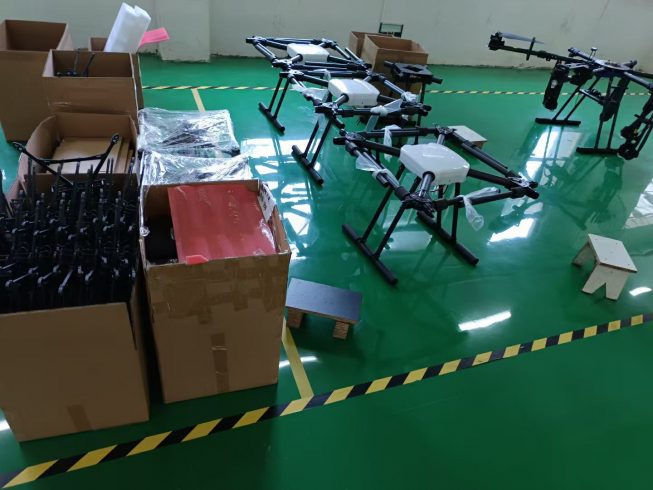



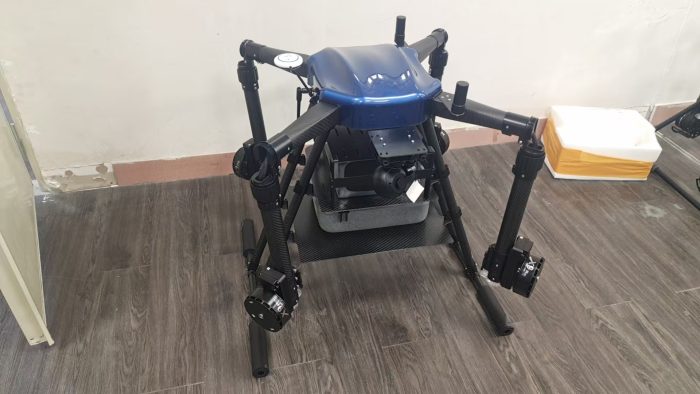

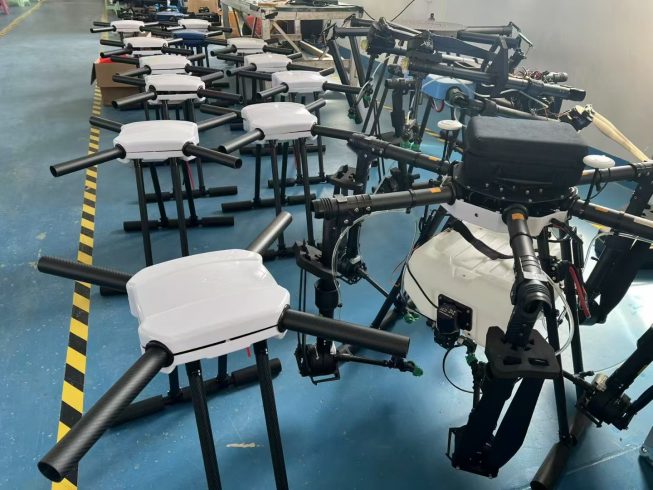
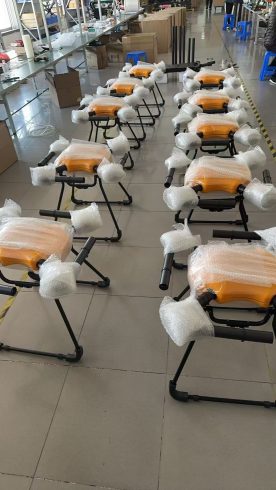
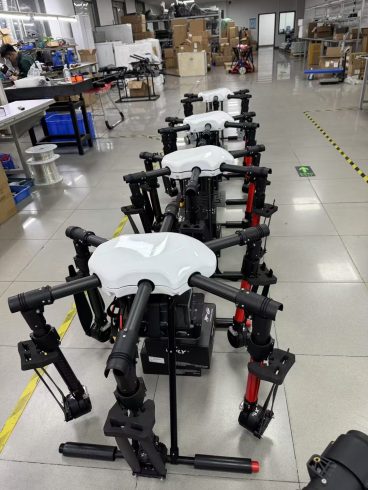

暂无评论内容